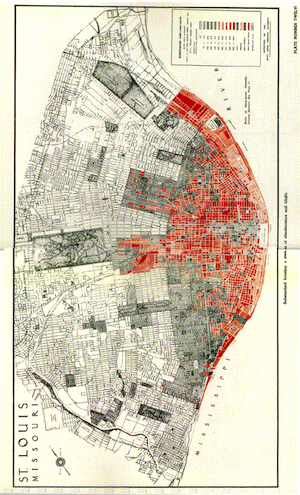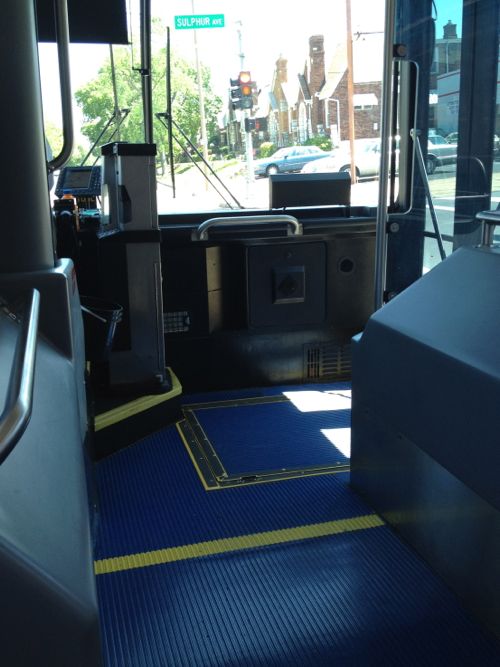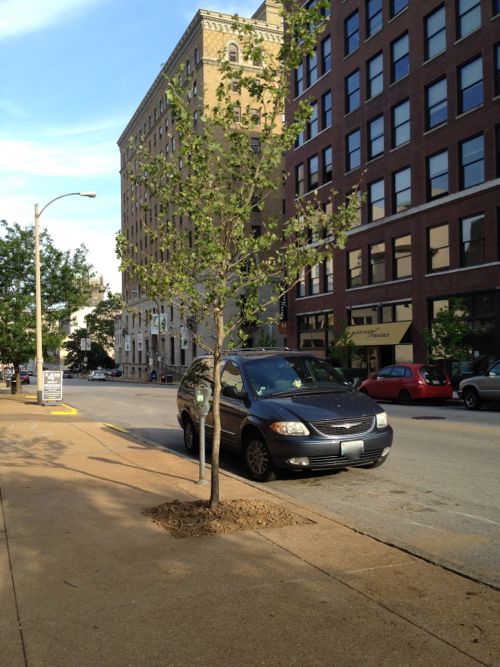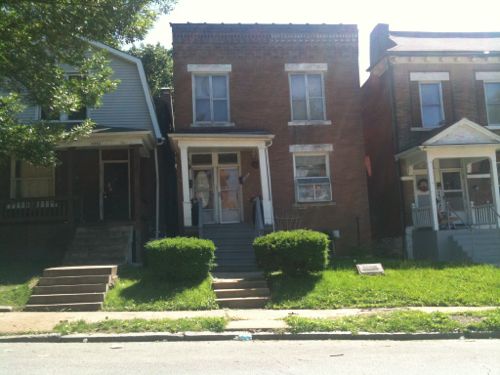White Flight, Urban Renewal & Population Loss
It’s true that some of St. Louis’ population loss can be attributed to “white flight” which is defined as:
the departure of whites from places (as urban neighborhoods or schools) increasingly or predominantly populated by minorities (Merriam-Webster)
But we mustn’t forget other factors that contributed to population loss and that reasons for loss from 1950-1960 are different than those from 2000-2010.
The 1939 World’s Fair in New York is a good glimpse on the views of what 1960 could become, part one sets up the vision as detailed in General Motors’ Futurama exhibit:
httpv://www.youtube.com/watch?v=eNlgfkE9nWA
Part two looks at the rebuilt city of 1960:
httpv://www.youtube.com/watch?v=RtU_jNheyrQ
By 1947 St. Louis Comprehensive Plan detailed how this could become a reality here by 1970. From the introduction:

The Plan Commission confidently predicts that by 1970 barely a generation hence-the city proper can have 900,000 population. This would be an increase of only slightly more than 10 per cent since the 1940 census, but such a growth of 84,000 calls for making proper room for the new roofs, adequate traffic ways for the added automobiles, economical plans for all the additional public and semi-public facilities to be required. Furthermore, there must be a catching-up with all the improvements perforce neglected during the long war period.
With this mindset to rebuild the city to accommodate the expected 900,000 population by 1970 they proceeded to build vast highway networks and clear many dense neighborhoods. Thousands of residents, businesses, churches, etc were taken by eminent domain to “improve” the city. For many who were displaced it was often easier to but a home in a suburb than to try to find a house in the city.
In 1950 many city residences were overcrowded. Floor boards were placed over dirt floors to create basement living quarters and others squeezed into flats. Yet thousands of housing units were razed to rebuild entire neighborhoods and highways. Even if your house remained your business might have been taken from you. With no where else to turn, those who could afford to do so left.
The population in 1970 was 622,236, down 234,560 from the 1950 peak of 856,796 just twenty years earlier. A far cry from the 900,000 they expected to occupy the rebuilt city by 1970!
Urban renewal forced many outside the city limits. By 1990, the year I moved to St. Louis, the population was down to 396,685. In the two decades from 1970-1990 the drop was 225,551, greater than the 1950-1970 drop and a much high percentage. But the reasons were different. The massive urban renewal projects were no more but the damage they caused lasting. You had white & black flight — the middle class got the hell out.
The drop from 1990-2010 was less in total numbers and percentages.
– Steve Patterson




